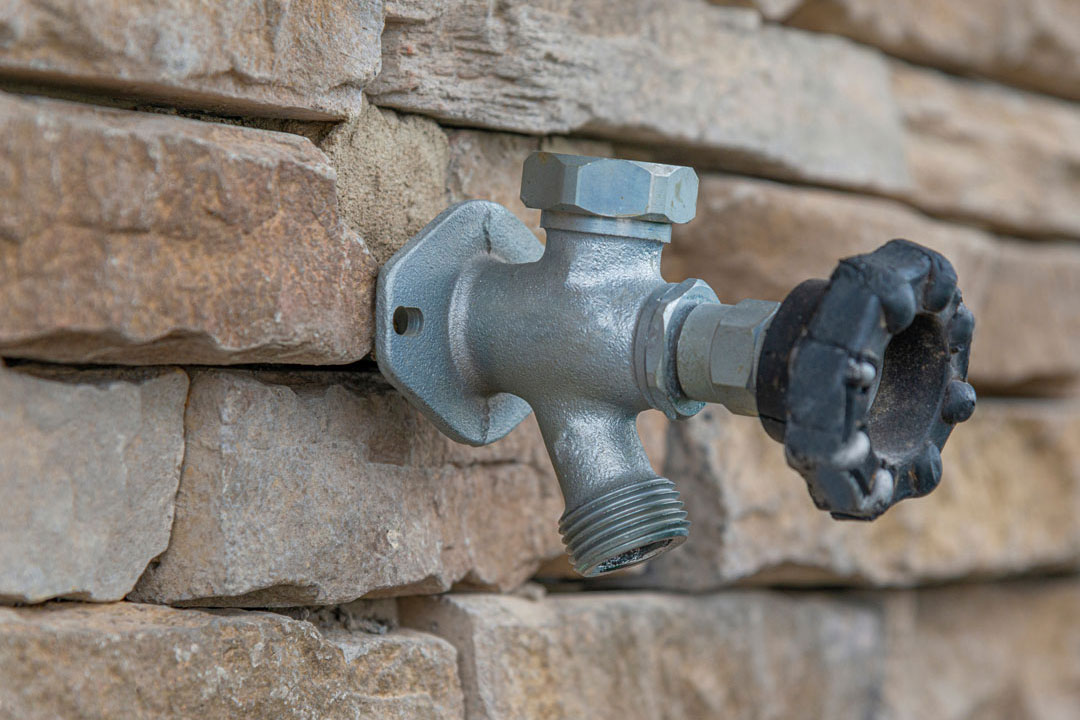It is imperative for all Washington County, Virginia, residents to do their part in protecting our water distribution system and our community’s public health. WCSA’s Cross Connection and Backflow Program is an important component of those efforts. Here are answers to the most frequently asked questions about this program and how it affects all of us.
Why does WCSA have a Cross Connection Control and Backflow Prevention Program?
The purpose of this program is to abate or control actual or potential cross connections and protect public health and WCSA’s distribution system. It is also required by the Commonwealth of Virginia, State Board of Health, Waterworks Regulations.
What is a cross connection?
A cross connection is any temporary or permanent connection between a potable (i.e., drinking) water system and any source or system containing non-potable water or other fluid. Contamination can enter the public water system from an unprotected potable waterline entering a wastewater treatment plant, for example, or even from a simple garden hose being left in a bucket of cleaning solution.
What is backflow?
Under normal operating pressure, a cross connection may not present a threat to the drinking water supply. Backflow can happen, however, when pressure is lower on the public supply side than the non-potable side, and non-potable substances flow back into a consumer’s plumbing system and/or into the public water system. There are two types of backflow: backpressure and backsiphonage.
What is backpressure?
Backpressure can occur when pressure on the customer’s side overcomes normal operating pressure on WCSA’s side. For example, the use of boilers and water pumps could create a situation where customer-side pressure forces contaminants back into the public water system. New WCSA customers that previously had a well or spring with associated pumps and pressure tanks could be a source of backflow due to back pressure. WCSA customers served by new line extensions must provide proof of physical disconnection between their old private water systems and the WCSA system.
What is backsiphonage?
Backsiphonage can occur when county waterline pressure is greatly reduced by a line break or under conditions of high usages, such as a fire flow. Non-potable substances can be drawn to the water main through any existing cross-connection. For example, if a 6-inch water main develops a leak, WCSA crews have to cut off water service on that particular line to make repairs. As the remaining water in the line flows out of the leak, water in unprotected homes and businesses reverses flow. At this point, something toxic could enter the public water system.
How is backflow prevented?
Preventing backflow is a matter of avoiding the reverse flow of unwanted substances into the drinking water system by using special plumbing devices and practices, including air gaps and installation of backflow prevention assemblies. An air gap is a physical separation between the water supply line (such as a sink faucet) and the topmost (flood-level) rim of the receiving vessel (such as a sink basin). Outside, check to make sure your spigots have anti-siphon protection, which is usually indicated on the spigot or backflow prevention device. Make sure garden hoses are not submerged in buckets, ponds, troughs, or other non-drinkable water sources, and that previously used wells or spring boxes are physically disconnected from plumbing.
Can my sprinkler or irrigation system be hazardous to the water system?
The Virginia Department of Health classifies lawn sprinkler systems and irrigation systems as high risk. Sprinklers, bubbler outlets, emitters and other equipment are exposed to substances such as fertilizers, fecal material from pets or other animals, pesticides, or other chemical and biological contaminants. Sprinklers may remain submerged under water after use or storms. Should the water system pressure suddenly decrease, such as in the case of a water main break, line flushing, or during a major fire involving multiple fire hydrants, these harmful substances can be backsiphoned into the water distribution system.

Does my sprinkler system require a backflow preventer?
Per WCSA’s Cross Connection Control and Backflow Prevention Program, premises having fire protection services, lawn sprinkler systems or irrigation systems that do not protect the WCSA distribution system through the use of approved backflow prevention methodologies shall require the installation of a backflow prevention assembly. For a list of approved backflow prevention assemblies, please contact WCSA.
By taking steps to prevent backflow, you are not only protecting your neighbors and other WCSA customers, you are protecting members of your own household. For more information, please contact WCSA at 276-628-7151.


